advancing marine education and conservation
Marine Mammals
Marine mammals include cetaceans, pinnipeds, otters, sirenians and polar bears. Cetaceans consist of 75 species of whales, dolphins and porpoises. This group includes the blue whale, which is the largest animal that has ever lived on the planet. Pinnipeds include 33 species of seals, sea lions and walruses and sirenians include manatees and dugongs.
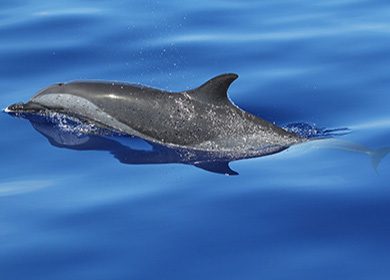
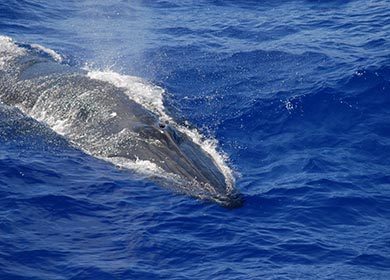
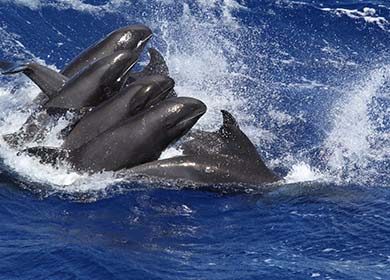
Globally, cetaceans alone consume between 249 and 436 million tons of fish, cephalopods, crustaceans and other marine organisms per year (Tamura and Ohsumi 2000) as compared to only 79.7 million tons caught by commercial fisheries (FAO 2014). Marine mammals are not only large consumers of marine organisms but also are important architects of marine ecosystems. Through predation, marine mammals shape the community structure of not only populations of species such as fish, squid and krill but also seabird populations that also consume fish (Bowen 1997). By feeding near the seafloor or at depth and then defecating along the surface of the ocean in the euphotic zone while getting fresh air, marine mammals are thought to potentially help recycle nutrients in marine ecosystems by moving nutrients upward (Kanwisher and Ridgway 1983). Gray whales shape benthic communities by sucking up bottom sediment and filtering out the marine organisms that live in the mud. This feeding behavior produces shallow depressions or pits on the sea floor. These pits are thought to provide habitat for amphipods that the gray whale feeds on (Oliver and Slattery 1985). It is estimated the gray whale populations in the Bering Sea turn over 9 to 27 percent of the bottom sediment annually while feeding (Nerini 1984). Walruses also create pits and furrows in bottom sediments while looking for and feeding on bivalves. Sea otters prey on large sea urchins that heavily graze kelp and thus help promote the formation of kelp forest communities (Bowen 1997). Lastly, by grazing heavily of seagrasses, dugongs and manatees are thought to have important effects on seagrass communities (Preen 1995).
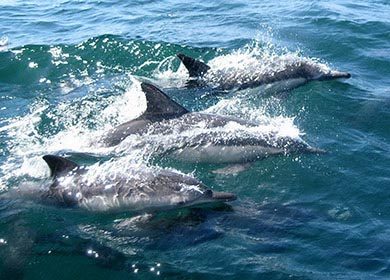
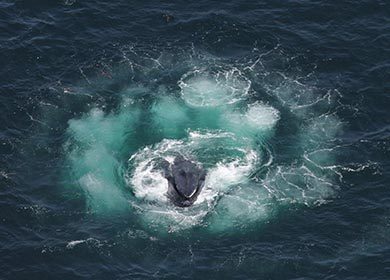
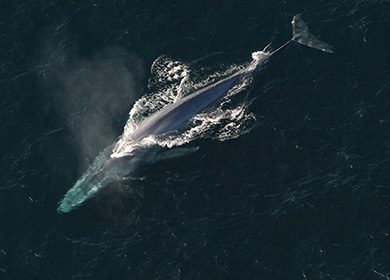
Tens of millions of whales have been killed by humans over the last thousand years for meat, oil, baleen, whalebone and spermaceti (Roman et al. 2014). In the past two hundred years, baleen and sperm whales and other marine mammals have been systematically hunted to near extinction. In the Southern Hemisphere, blue whales have been reduced to 1 percent of their historical populations (Roman et al. 2014). Humpback whale populations have been reduced by 95 to 97 percent (Laws 1977). Genetic studies suggest that 90 percent of the great whales have been killed off (Roman et al. 2014). Commercial exploitation of sea otters, which began in 1741, reduced sea otter populations by 1911 from a range of 150,000 to 300,000 to 1000 to 2000 individuals (Riedman and Estes 1990).
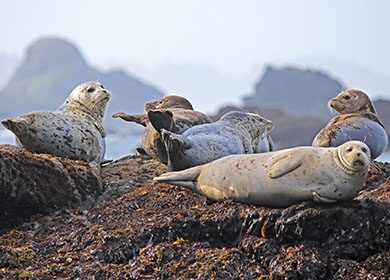
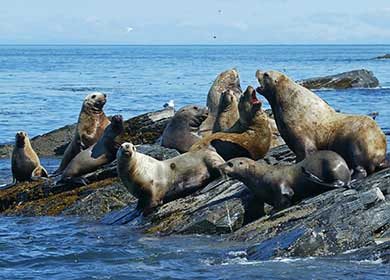
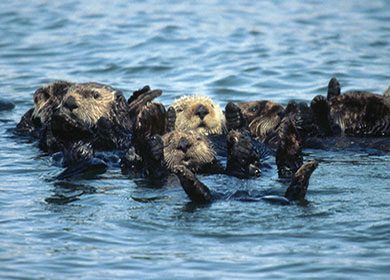
On December 2, 1946, 15 nations of the world recognized the susceptibility of whales to over-hunting and signed an agreement to protect whale species and regulate the hunting of whales. This agreement, known as the International Convention for the Regulation of Whaling, established the International Whaling Commission. On July 23, 1982, the International Whaling Commission adopted a moratorium on commercial whaling. Currently, Russia, Norway, Iceland and Japan oppose this moratorium.
In response to increasing concerns of the decline in marine mammal populations, the United States Congress developed a national policy to conserve marine mammal populations and their ecological role in marine ecosystems. On October 21, 1972 President Richard Nixon signed into law the Marine Mammal Protection Act. This act established a moratorium on the hunting, killing, capture or harassment of marine mammals in U.S. waters. Permits, however, allow for take by commercial fisheries (incidental take), native Alaskans, scientific researchers, aquaria and science centers.
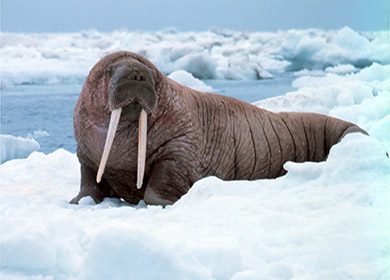
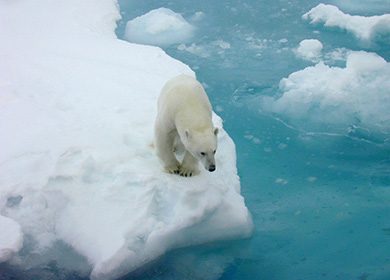
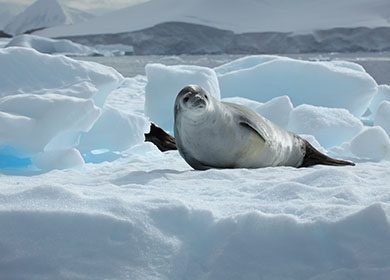
Despite decades of protection, populations of some species including North Atlantic right whales, North Pacific right whales, western Pacific gray whales and southern hemisphere blue whales have not recovered (Baker and Clapham 2004). Each year, 650,000 marine mammals are killed as a result of fisheries bycatch (Davidson et al. 2012). Bycatch is probably the most important threat to cetacean populations globally (Reeves et al. 2005). Eighty-four percent of cetacean bycatch and 98 percent of pinniped bycatch occurred in gill-net fisheries between 1990 and 1999 (Read et al. 2006). Currently, 25 percent of the 128 species of marine mammals that scientists are monitoring are classified as threatened by the International Union for the Conservation of Nature (Davidson et al. 2012). Threats to marine mammals include pollution, fishing, invasive species, development, hunting and climate change (Davidson et al. 2012).
References
Baker, C.S. and Clapham, P.J., 2004. Modelling the past and future of whales and whaling. Trends in Ecology and Evolution, 19(7), pp.365-371.
Bowen, W.D., 1997. Role of marine mammals in aquatic ecosystems. Marine Ecology Progress Series, pp.267-274.
Davidson, A.D., Boyer, A.G., Kim, H., Pompa-Mansilla, S., Hamilton, M.J., Costa, D.P., Ceballos, G. and Brown, J.H., 2012. Drivers and hotspots of extinction risk in marine mammals. Proceedings of the National Academy of Sciences, 109(9), pp.3395-3400.
FAO (Food and Agricultural Organization of the United Nations), 2014. The State of World Fisheries and Aquaculture.
Kanwisher, J.W. and Ridgway, S.H., 1983. The physiological ecology of whales and porpoises. Scientific American, 248(6), pp.110-117.
Laws, R.M., 1977. Seals and whales of the Southern Ocean. Philosophical Transactions of the Royal Society of London. Series B, Biological Sciences, pp.81-96.